Home>Storage & Organization>Decluttering Tips & Tricks>How To Declutter Your House Fast
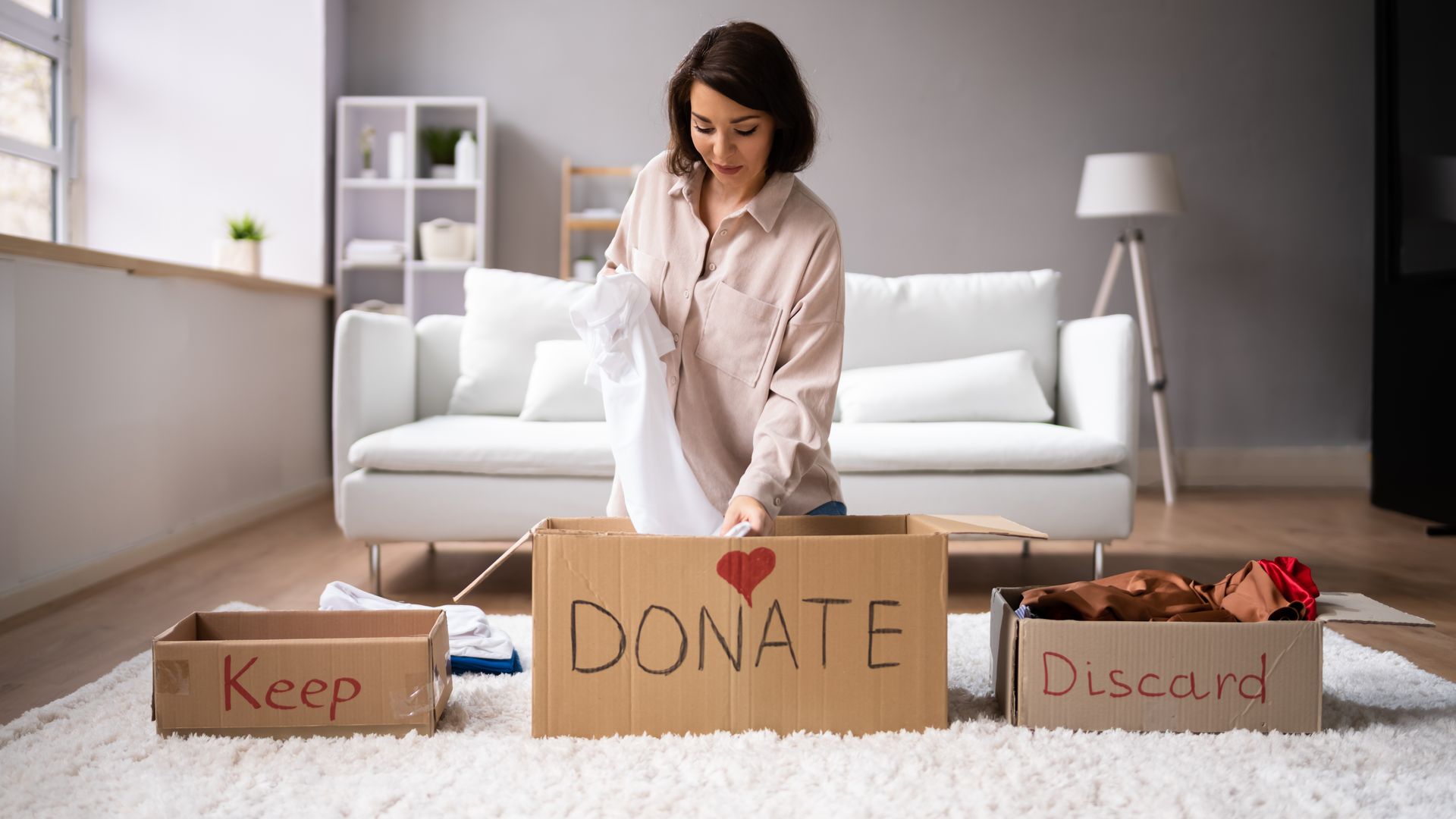

Decluttering Tips & Tricks
How To Declutter Your House Fast
Modified: October 21, 2024
Learn effective decluttering tips and tricks to quickly organize and tidy up your home. Discover practical strategies for fast and efficient house decluttering.
(Many of the links in this article redirect to a specific reviewed product. Your purchase of these products through affiliate links helps to generate commission for Storables.com, at no extra cost. Learn more)
Introduction
Welcome to the ultimate guide on decluttering your house fast! In today's fast-paced world, our living spaces often become cluttered and disorganized, leading to stress and a lack of productivity. However, with the right strategies and a bit of motivation, you can transform your home into a tidy and serene sanctuary.
Decluttering is not just about creating a visually appealing space; it's also about fostering a sense of calm and promoting mental well-being. By streamlining your living environment, you can reduce anxiety, boost efficiency, and even enhance your overall quality of life.
In this comprehensive guide, we will explore practical tips and techniques to help you declutter your house efficiently and effectively. Whether you're preparing for a move, hosting guests, or simply craving a fresh start, these strategies will empower you to declutter with confidence and ease.
So, roll up your sleeves, gather your motivation, and let's embark on this decluttering journey together. Say goodbye to chaos and hello to a beautifully organized home!
Key Takeaways:
- Decluttering your home can reduce stress, boost productivity, and enhance your overall well-being. Assess, set clear goals, and start with one room to make the process manageable and effective.
- Sorting, categorizing, and organizing your belongings are crucial steps in decluttering. Clearing out unwanted items and maintaining a clean, organized space will contribute to a serene and stress-free living environment.
Read more: How To Get Motivated To Declutter Your House
Assess the Situation
Before diving into the decluttering process, it’s crucial to assess the current state of your home. Take a walk through each room and objectively evaluate the level of clutter. Identify areas that are particularly disorganized or overwhelmed with items. This initial assessment will provide a clear understanding of the scope of the decluttering project and help you prioritize areas that require immediate attention.
As you assess each room, consider the following:
- Clutter Hotspots: Pinpoint areas where clutter tends to accumulate, such as countertops, closets, and storage spaces. These hotspots often serve as the epicenter of disorganization and should be addressed early in the process.
- Usage Patterns: Analyze how each room is utilized and whether the current layout and organization support its intended function. For instance, a home office should facilitate productivity, while a living room should provide a comfortable and inviting space for relaxation and entertainment.
- Emotional Impact: Take note of how the clutter makes you feel. Does it evoke stress, overwhelm, or frustration? Understanding the emotional impact of clutter can fuel your motivation to tackle the problem head-on.
By thoroughly assessing the situation, you’ll gain valuable insights into the specific areas that require decluttering and organization. This initial step sets the stage for a targeted and efficient approach, allowing you to address the most pressing clutter challenges with clarity and purpose.
Set Clear Goals
Setting clear and achievable goals is essential for a successful decluttering endeavor. Before you begin the process, take some time to define your objectives and establish a roadmap for your journey to a clutter-free home.
Here are some tips for setting clear decluttering goals:
- Define Your Vision: Envision the ideal state of your home. How do you want each room to look and feel? Visualizing the end result will provide a clear target to work towards and keep you motivated throughout the decluttering process.
- Break It Down: Divide your decluttering goals into manageable tasks. Instead of overwhelming yourself with the thought of decluttering the entire house, focus on one room or area at a time. This approach allows you to make tangible progress and prevents feelings of being daunted by the enormity of the task.
- Set a Timeline: Determine a realistic timeline for achieving your decluttering goals. Whether you aim to declutter one room per week or tackle the entire house over a series of weekends, establishing a timeline creates a sense of structure and accountability.
- Prioritize Areas: Identify the areas of your home that require immediate attention. Whether it’s the overflowing closet in the bedroom or the cluttered kitchen countertops, prioritizing specific zones will help you focus your efforts and make meaningful strides in decluttering.
By setting clear goals, you’ll create a sense of purpose and direction for your decluttering journey. These goals will serve as a guiding light, keeping you on track and motivated as you work towards transforming your living space into an organized and harmonious environment.
Start with One Room
When it comes to decluttering, starting with one room at a time can significantly enhance your efficiency and motivation. By focusing your efforts on a single area, you can experience tangible progress and maintain a sense of control throughout the decluttering process.
Here’s how to approach decluttering one room at a time:
- Choose Your Starting Point: Select a room that you feel motivated to tackle first. It could be the room that causes you the most stress or the one that will have the most significant impact on your daily life when decluttered.
- Set the Stage: Before diving into decluttering, prepare the space by gathering essential decluttering supplies such as storage bins, trash bags, and cleaning supplies. Clear the room of any distractions and create a dedicated workspace for sorting items.
- Sort and Simplify: Begin by sorting through the items in the room, categorizing them into piles of keep, donate, recycle, or discard. As you go through each item, ask yourself if it serves a purpose or brings you joy. Be mindful of sentimentality versus practicality to avoid holding onto unnecessary items.
- Organize and Optimize: Once you’ve sorted through the items, focus on organizing the belongings you’ve decided to keep. Consider efficient storage solutions and organization systems that will maximize space and minimize clutter. Utilize storage containers, shelving, and drawer dividers to maintain order within the room.
- Deep Clean: After decluttering and organizing, give the room a thorough cleaning. Dust surfaces, vacuum or mop the floors, and wipe down any fixtures or furniture. A clean space will further enhance the sense of accomplishment and rejuvenation.
By starting with one room, you can experience the immediate benefits of decluttering, such as increased space, improved functionality, and a sense of liberation from unnecessary belongings. This approach also sets a positive momentum for tackling the remaining areas of your home, one room at a time.
Sort and Categorize
Sorting and categorizing items is a fundamental step in the decluttering process, enabling you to make informed decisions about what to keep, donate, recycle, or discard. This systematic approach not only streamlines the decluttering process but also fosters a sense of clarity and purpose as you evaluate each item in your home.
Here’s how to effectively sort and categorize your belongings:
- Establish Sorting Criteria: Before you begin, define clear criteria for sorting your items. Consider factors such as usefulness, sentimental value, and frequency of use. This will guide your decision-making process and prevent indecision or hesitation.
- Designate Sorting Areas: Create designated areas within your space for each category, such as “keep,” “donate,” “recycle,” and “discard.” Use bins, boxes, or designated sections of the room to maintain organization as you sort through items.
- Start Small: Begin with a manageable category, such as clothing, books, or kitchen items. Tackling smaller groups of items can help you build momentum and confidence before moving on to more extensive categories.
- Be Ruthless but Thoughtful: As you sort through each item, be decisive in your choices. Consider the last time you used the item, its condition, and its relevance to your current lifestyle. At the same time, be mindful of sentimental items and allow yourself to keep a reasonable number of meaningful possessions.
- Revisit and Refine: Once you’ve sorted through all items, revisit each category to ensure that your decisions align with your decluttering goals. Refine your selections as needed, aiming to keep only the items that truly add value to your life.
By sorting and categorizing your belongings, you’ll gain a comprehensive understanding of the items in your home and make informed choices about what to keep and what to let go of. This process sets the stage for effective decluttering and paves the way for a more organized and harmonious living space.
Start with one room at a time and categorize items into keep, donate, or discard piles. Set a timer for 15-30 minutes and focus on decluttering without getting distracted.
Read more: How Long Does It Take To Declutter A House
Declutter and Organize
Once you’ve sorted through your belongings and identified the items you intend to keep, it’s time to declutter and organize your space effectively. This transformative phase of the decluttering process involves streamlining your possessions and creating a functional and visually appealing environment.
Here are the key steps to declutter and organize your space:
- Clear the Clutter: Begin by removing any items that don’t belong in the room or space you’re decluttering. Return misplaced items to their rightful places in other areas of the home to create a clean slate for organizing.
- Maximize Storage: Assess the storage options in the room and optimize them to accommodate your belongings. Utilize shelves, cabinets, and storage bins to create designated spaces for different categories of items, ensuring that everything has a designated home.
- Utilize Vertical Space: Make use of vertical storage solutions such as wall-mounted shelves, hooks, and hanging organizers to free up floor and surface areas. This approach maximizes space and minimizes visual clutter.
- Implement Functional Layouts: Arrange furniture and items in a way that supports the room’s intended function. Create clear pathways and designated zones for specific activities, ensuring that the layout promotes ease of use and a sense of order.
- Label and Categorize: Use labels and clear storage containers to categorize and organize items, making it easy to locate and access belongings when needed. Clear labeling also promotes maintenance and prevents items from becoming disorganized over time.
By decluttering and organizing your space, you’ll create a visually appealing and functional environment that supports your daily activities and reduces stress. This phase of the decluttering process sets the stage for long-term organization and maintenance, allowing you to enjoy a harmonious and efficient living space.
Get Rid of Unwanted Items
As you progress through the decluttering process, it’s essential to efficiently remove unwanted items from your home. Clearing out these belongings not only creates space but also lightens the mental and emotional load, allowing you to enjoy a more streamlined and intentional living environment.
Here’s how to effectively part ways with unwanted items:
- Donate: Consider donating items that are in good condition but no longer serve a purpose in your home. Clothing, household goods, and gently used items can find new life and benefit others through local charities, shelters, or donation centers.
- Sell: If you have valuable items that you no longer need, consider selling them through online marketplaces, garage sales, or consignment shops. This allows you to recoup some of the initial investment and pass the items on to someone who will appreciate them.
- Recycle: Items such as paper, cardboard, glass, and certain plastics can be recycled to minimize environmental impact. Check local recycling guidelines to ensure that items are disposed of responsibly and sustainably.
- Dispose of Responsibly: For items that cannot be donated, sold, or recycled, ensure that they are disposed of responsibly. Hazardous materials, electronics, and other specific items may require special disposal methods to minimize environmental harm.
- Let Go of Guilt: It’s natural to feel attached to certain items, but it’s important to remember that letting go can be liberating. Release any guilt associated with parting with belongings, and focus on the positive impact of decluttering your space.
By effectively removing unwanted items from your home, you’ll not only create a more spacious and organized living environment but also contribute to a more sustainable and mindful approach to consumption and disposal. Embracing the process of letting go allows you to curate a home filled with items that truly enhance your life and reflect your values.
Clean and Maintain
Once you’ve decluttered and organized your living space, it’s essential to thoroughly clean and establish maintenance routines to preserve the newfound sense of order and tranquility. A clean and well-maintained home not only enhances its visual appeal but also contributes to a healthier and more inviting living environment.
Here’s how to approach cleaning and maintaining your decluttered space:
- Deep Cleaning: Begin by giving your newly organized space a thorough cleaning. Dust surfaces, vacuum carpets and upholstery, mop floors, and wipe down all fixtures and furnishings. A clean slate sets the stage for ongoing maintenance and enjoyment of your decluttered space.
- Establish Cleaning Routines: Create a schedule for regular cleaning tasks to maintain the cleanliness and organization of your home. Daily, weekly, and monthly cleaning routines can help prevent clutter from accumulating and ensure that your space remains inviting and functional.
- Maintain Organizational Systems: Regularly assess and maintain the organizational systems you’ve implemented, such as storage solutions and labeled containers. Return items to their designated homes after use and make adjustments to your organization as needed to accommodate any changes in your lifestyle or belongings.
- Practice Mindful Consumption: Embrace a mindful approach to consumption, being intentional about the items you bring into your home. Regularly assess new purchases and consider their alignment with your decluttering goals and the overall harmony of your living space.
- Celebrate Progress: Take time to acknowledge and celebrate the progress you’ve made in decluttering and maintaining your space. Reflect on the positive impact of a clutter-free environment on your well-being and daily life, reinforcing your commitment to ongoing maintenance.
By incorporating regular cleaning and maintenance practices into your lifestyle, you’ll preserve the benefits of decluttering and organization, creating a harmonious and inviting space that supports your well-being and daily activities. Embracing a mindful and proactive approach to maintaining your home allows you to enjoy the long-term rewards of a clutter-free and serene living environment.
Conclusion
Congratulations on embarking on the journey to declutter your home! By implementing the strategies and techniques outlined in this guide, you’ve taken a significant step toward creating a harmonious, organized, and stress-free living environment. Decluttering is not just about tidying up; it’s a transformative process that can positively impact your mental well-being, productivity, and overall quality of life.
As you progress through the decluttering process, remember that it’s okay to start small and focus on one room at a time. Setting clear goals and establishing a vision for your ideal living space will guide your efforts and maintain your motivation. Approach each room with a systematic process of sorting, categorizing, decluttering, and organizing, allowing you to make informed decisions about the items in your home.
Parting with unwanted items can be liberating, and it’s important to let go of any guilt associated with decluttering. Embrace the opportunity to donate, sell, recycle, or responsibly dispose of items, knowing that you’re contributing to a more sustainable and clutter-free environment.
Once your space is decluttered and organized, maintaining it through regular cleaning routines and mindful consumption practices will ensure that you continue to enjoy the benefits of a clutter-free home. Take pride in the progress you’ve made and celebrate the positive impact of your efforts on your daily life and well-being.
Remember, decluttering is a journey, and it’s perfectly normal for your home to evolve over time. Embrace the process as an ongoing commitment to creating a space that reflects your values, supports your lifestyle, and promotes a sense of calm and harmony.
With dedication, intention, and a clear vision, you can transform your living space into a sanctuary that nurtures and inspires you. Here’s to a clutter-free, organized, and rejuvenating home that reflects the best version of yourself!
Frequently Asked Questions about How To Declutter Your House Fast
Was this page helpful?
At Storables.com, we guarantee accurate and reliable information. Our content, validated by Expert Board Contributors, is crafted following stringent Editorial Policies. We're committed to providing you with well-researched, expert-backed insights for all your informational needs.

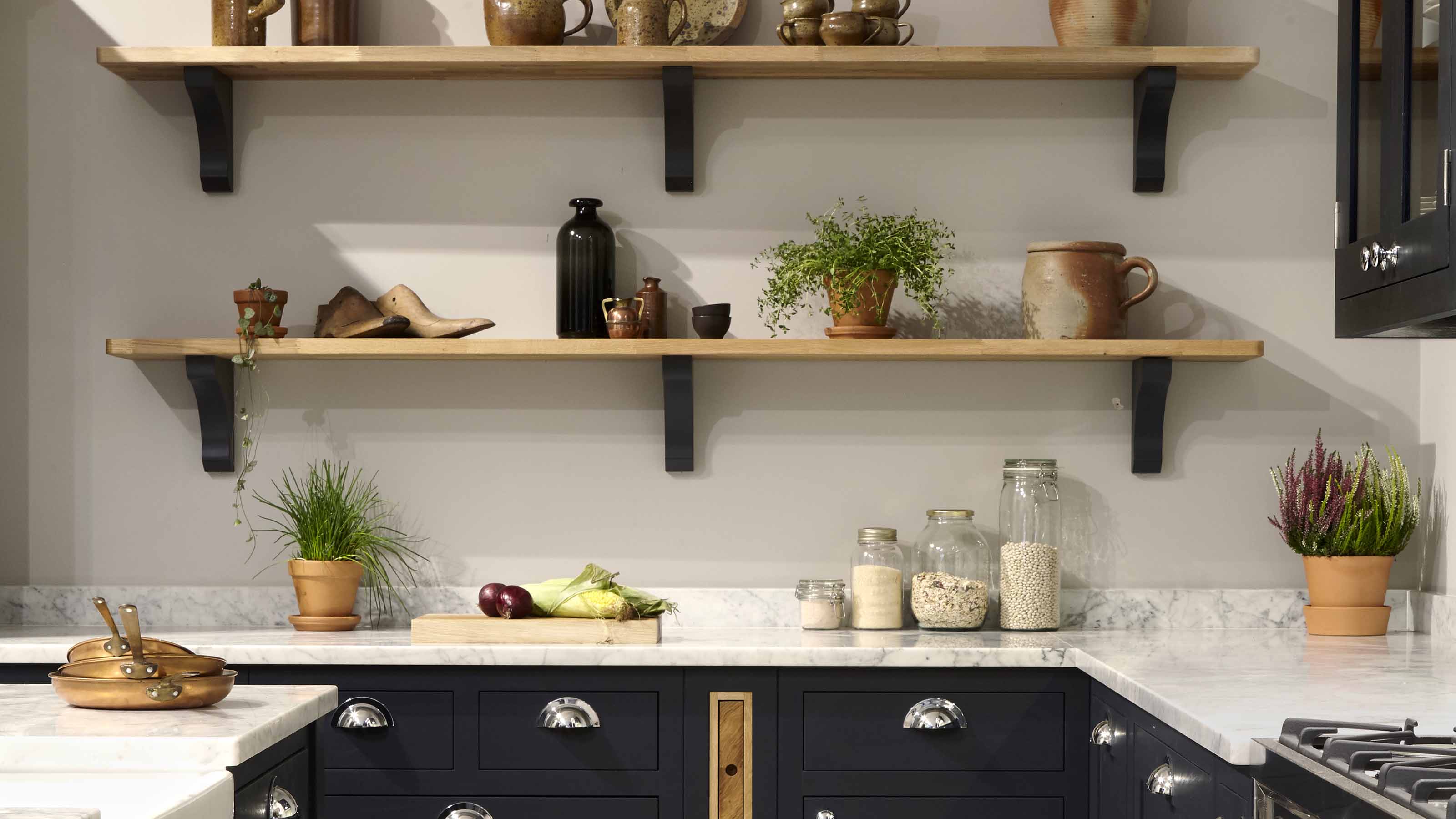
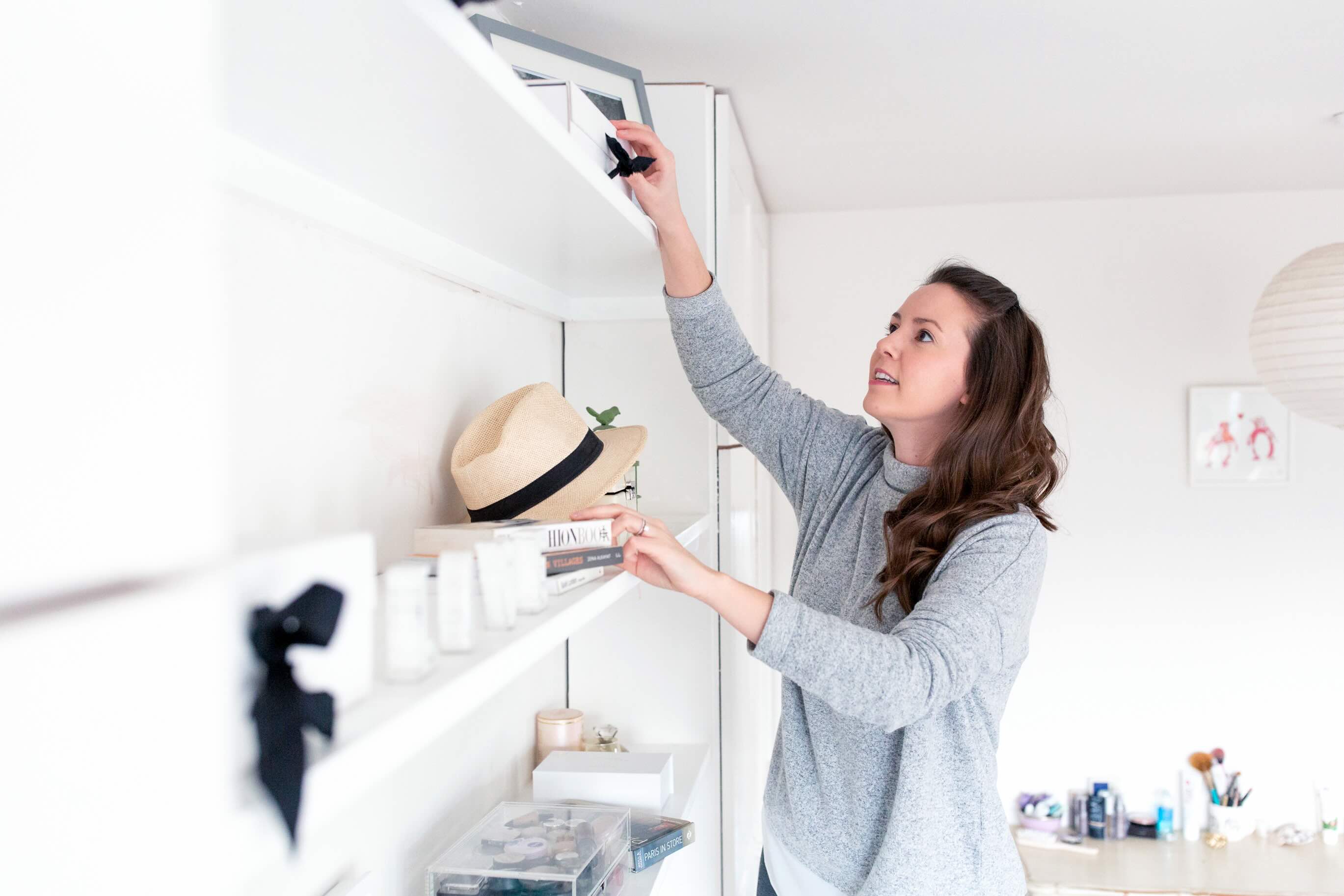
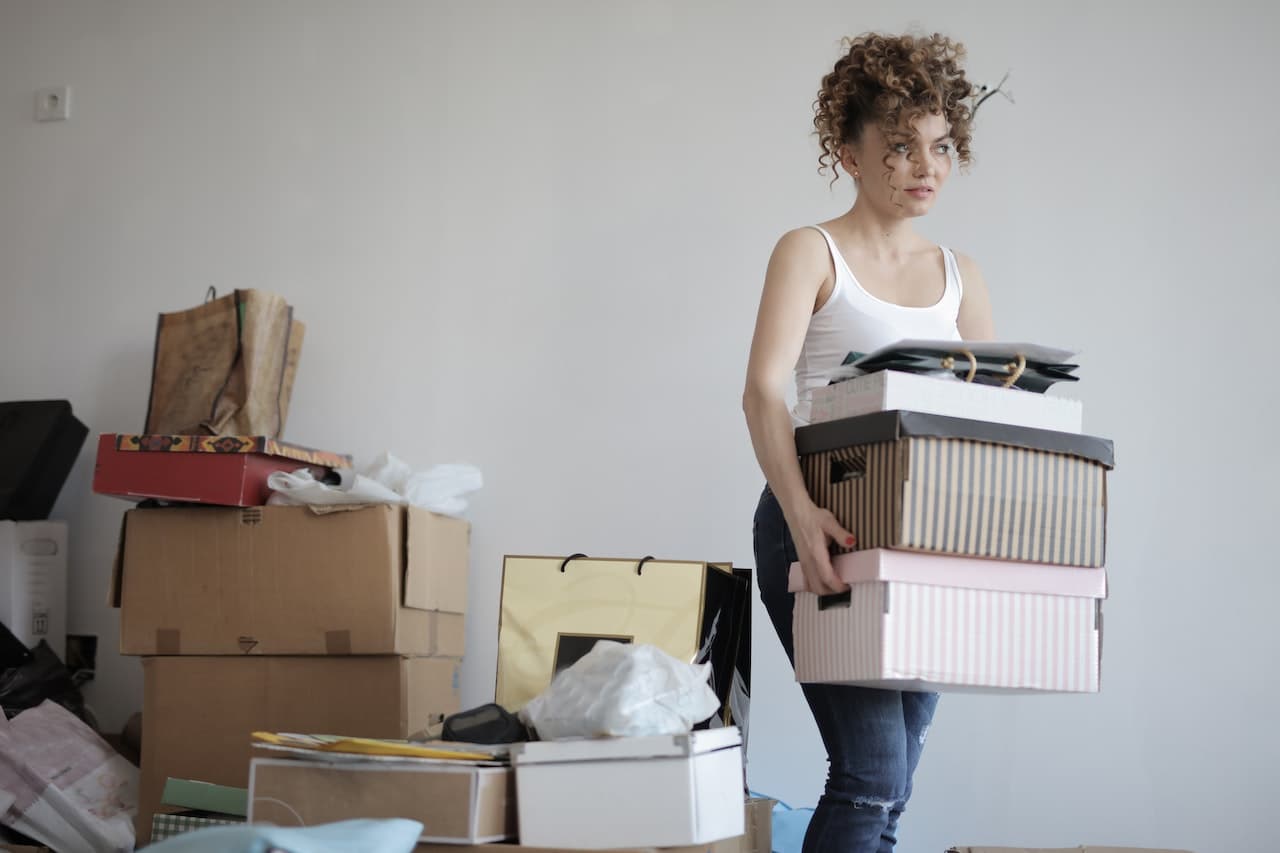
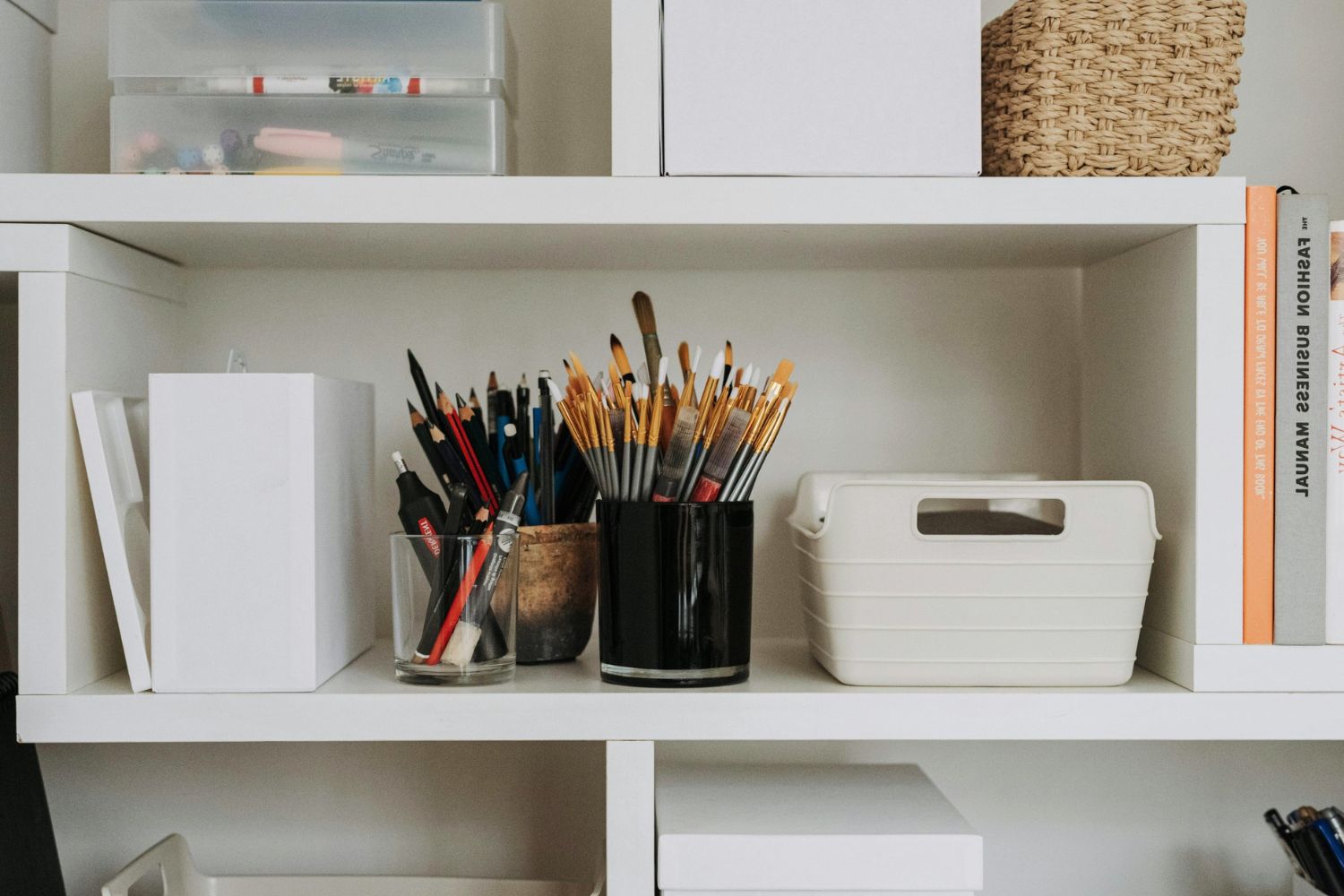
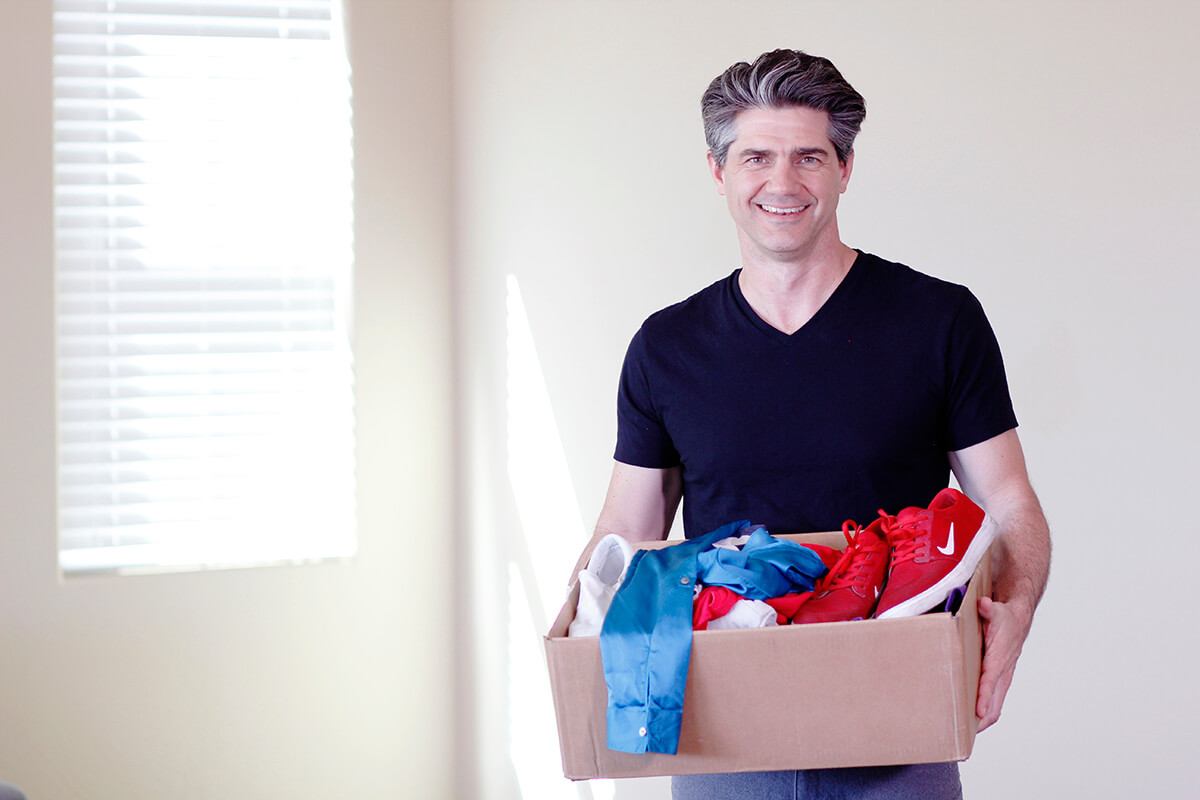
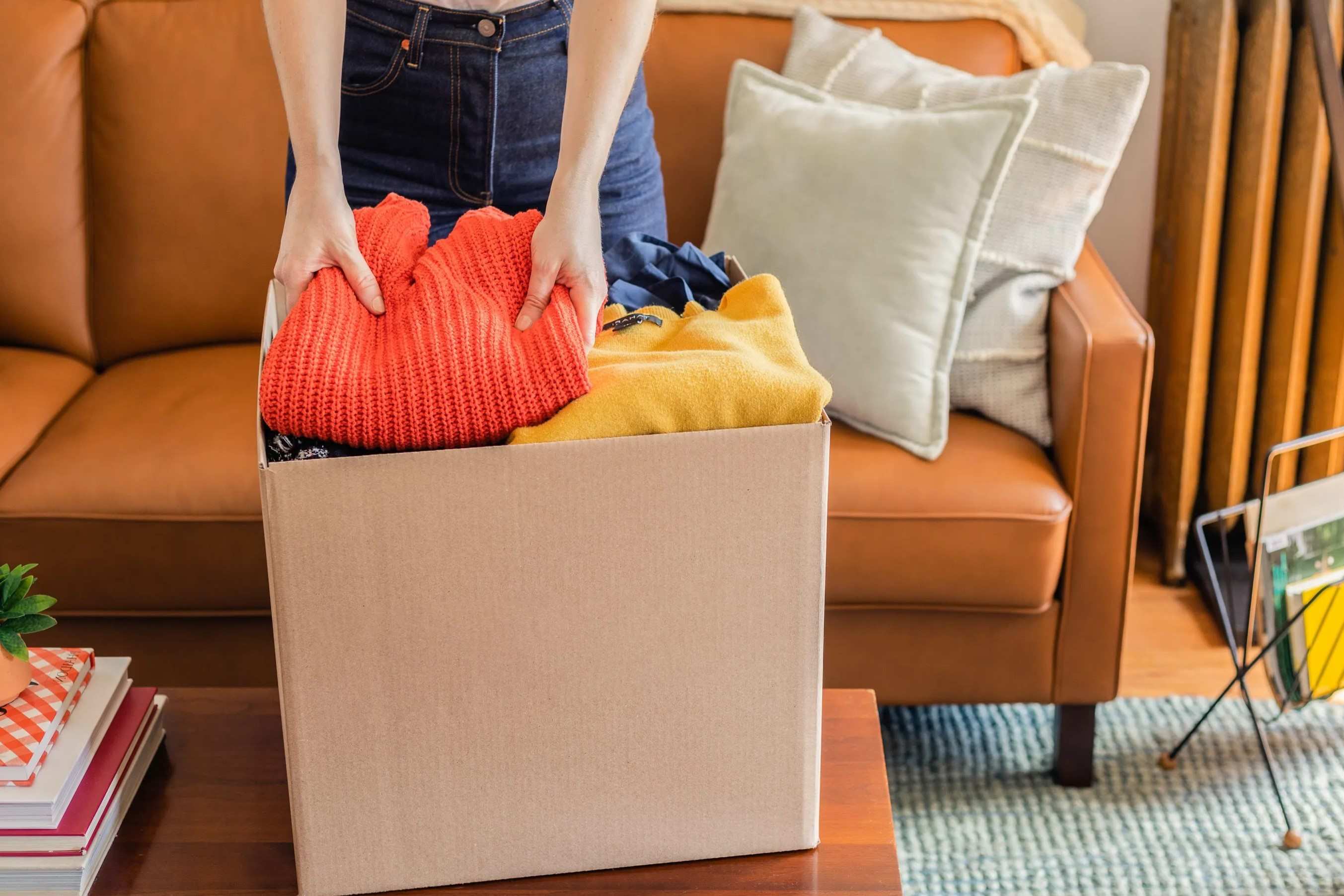
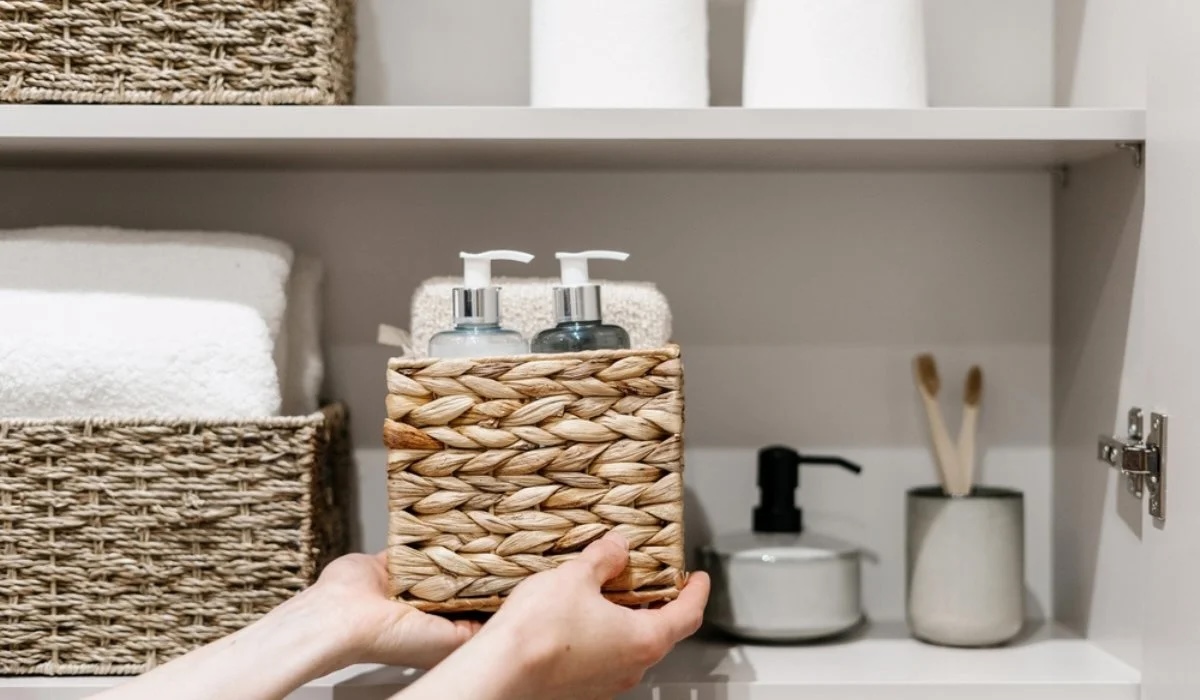

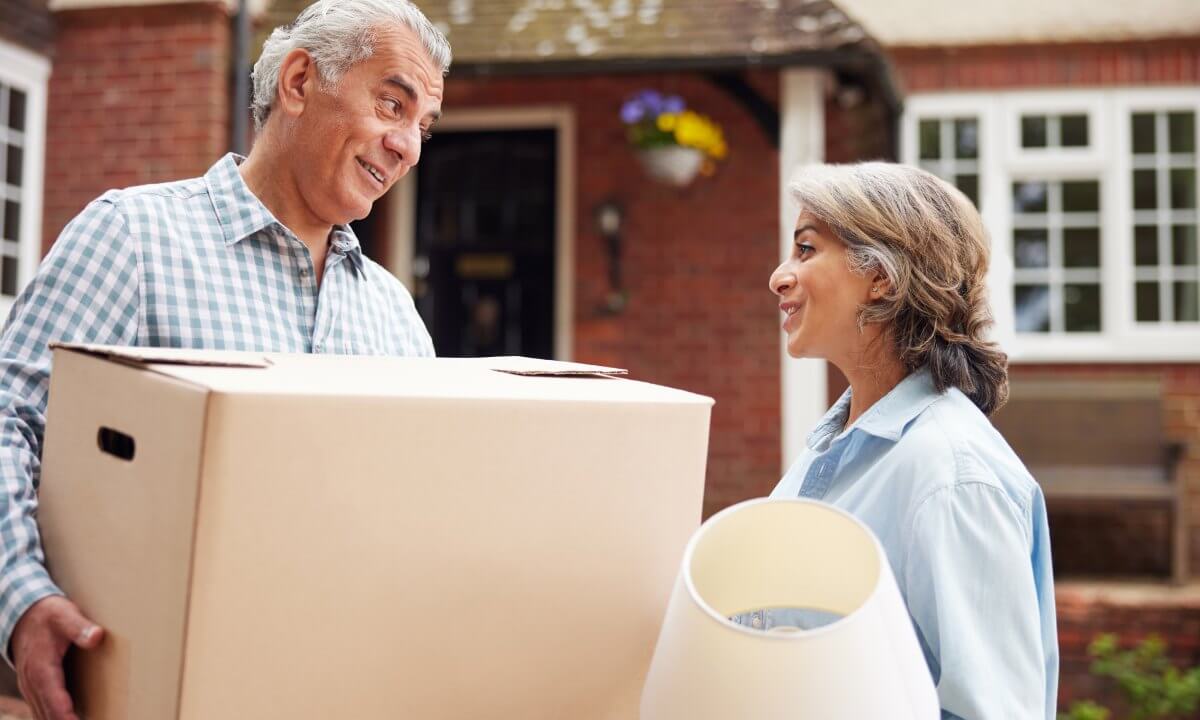

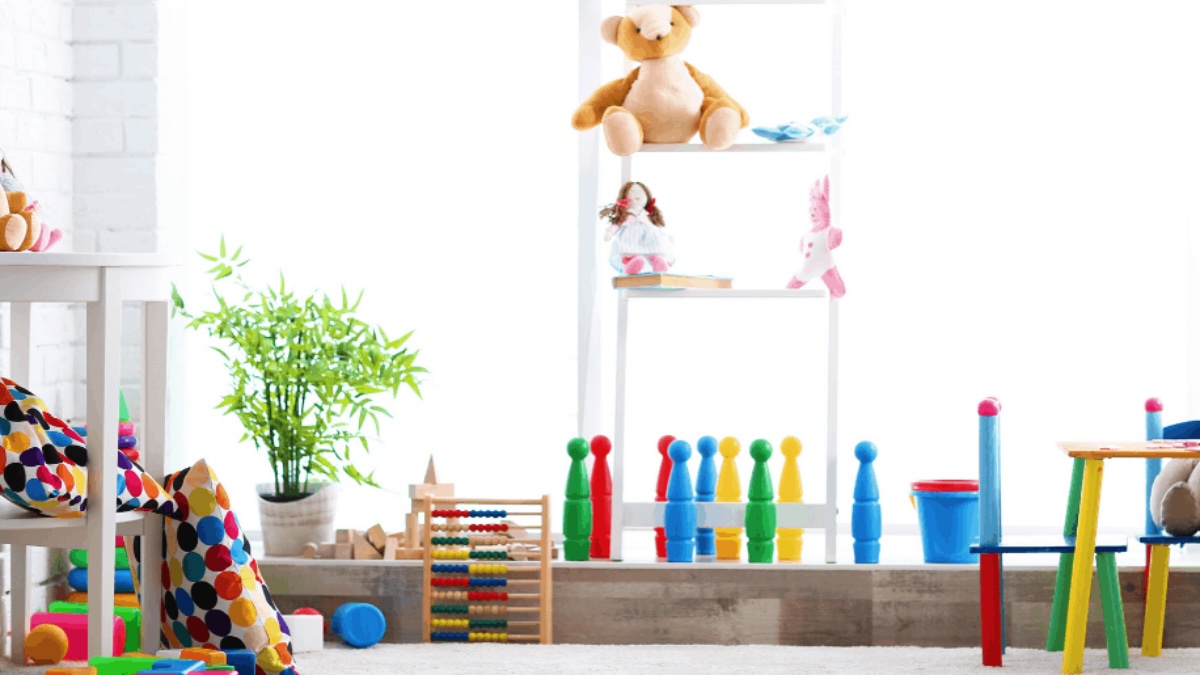
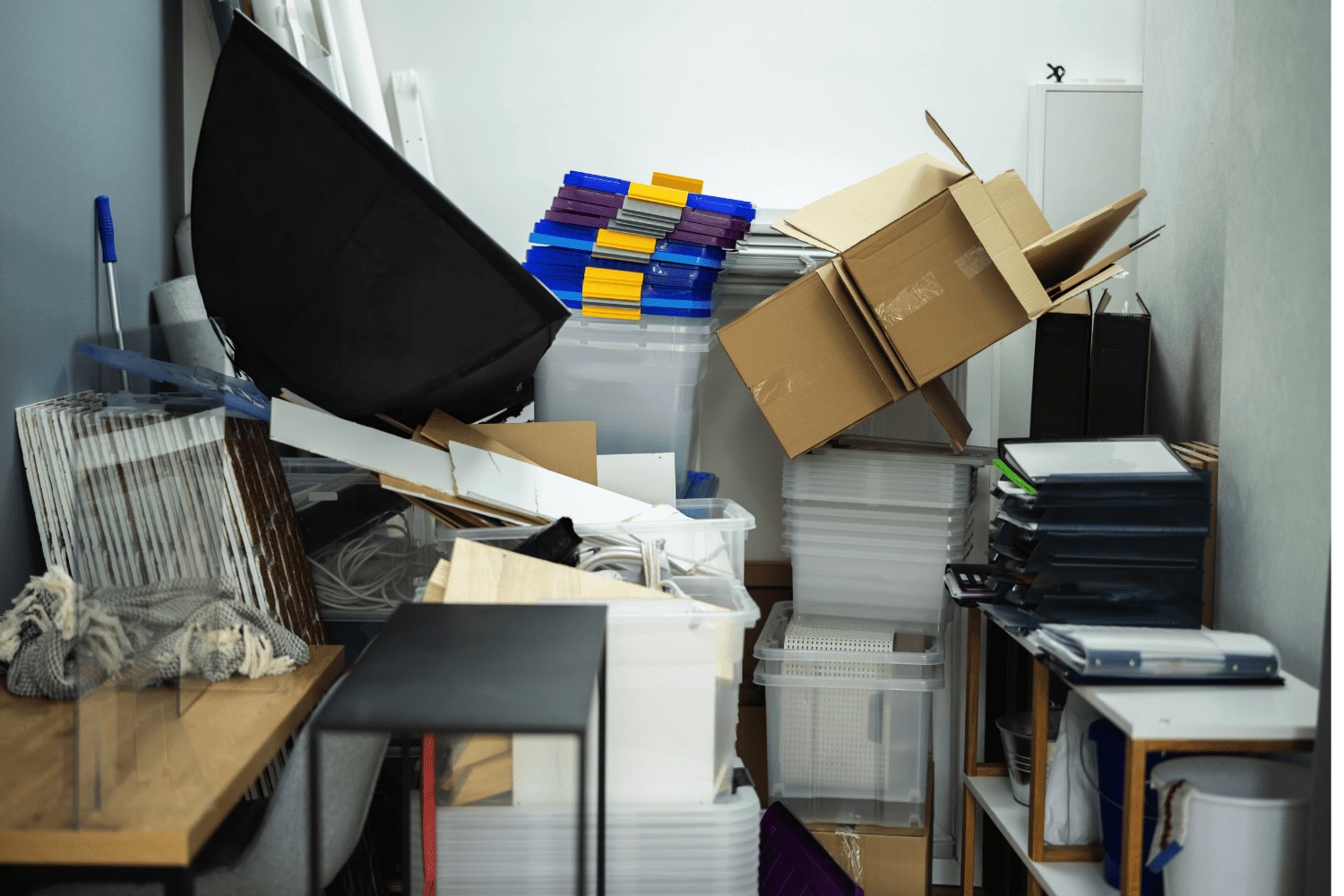
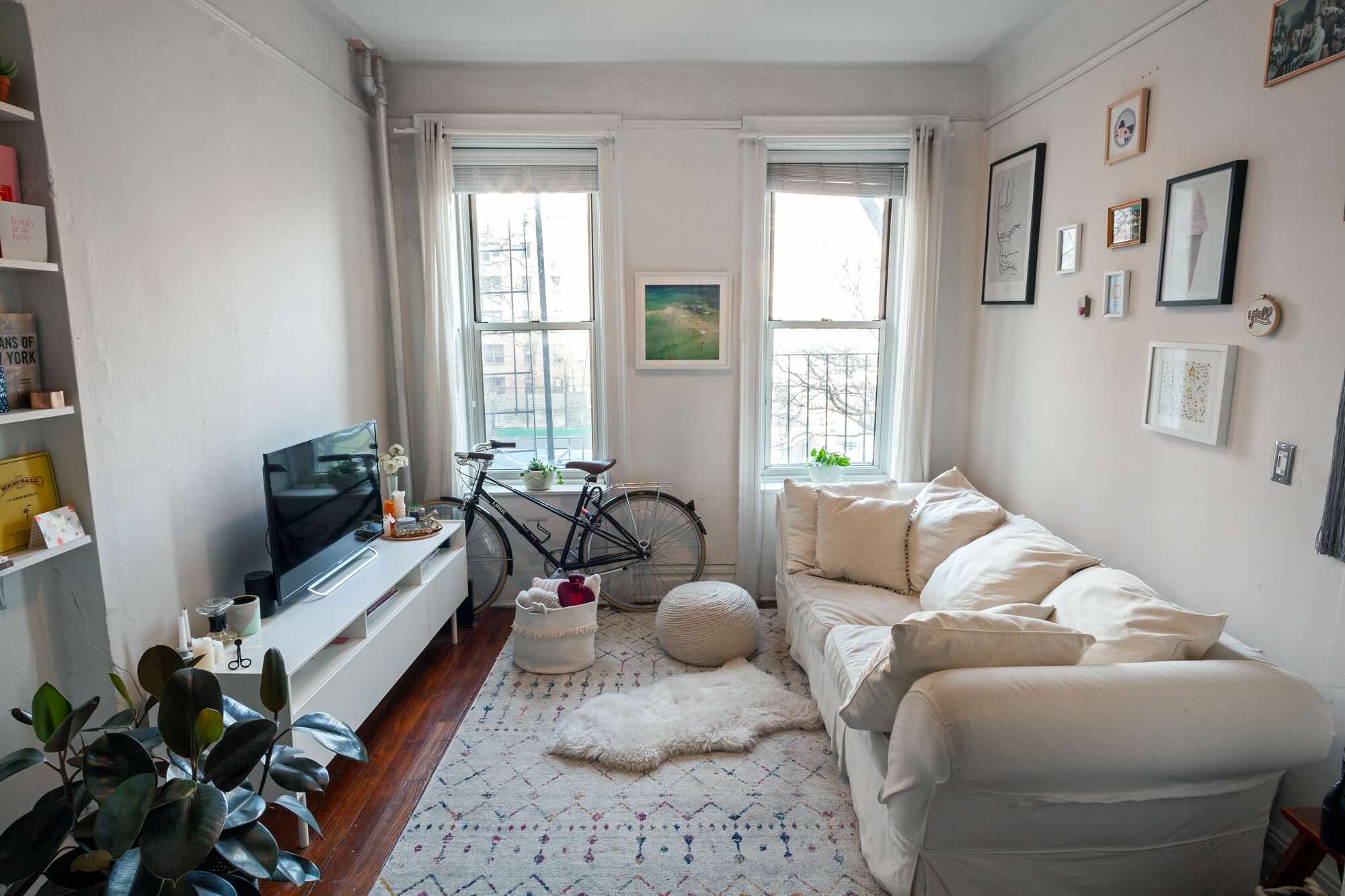

0 thoughts on “How To Declutter Your House Fast”